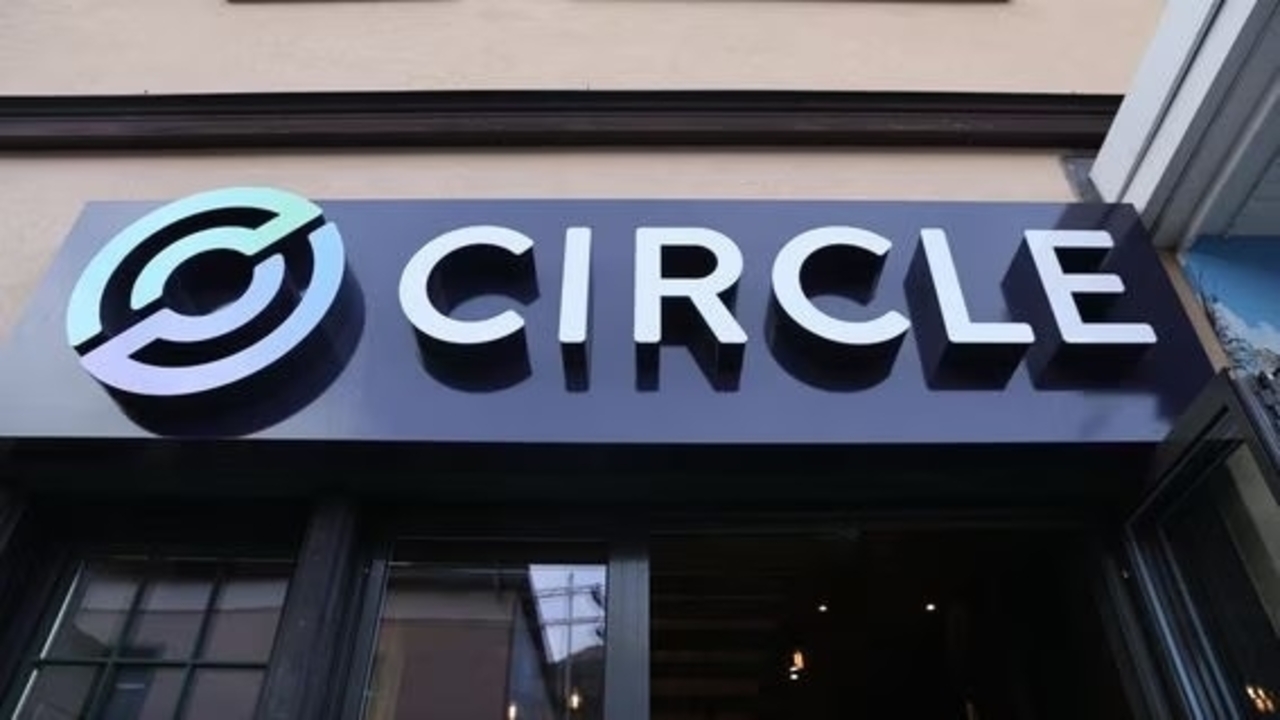Global fintech giant Fidelity National Information Services (FIS) has partnered with Circle to bring USDC stablecoin payments to U.S. banks. This collaboration integrates Circle’s digital currency into FIS’s Money Movement Hub. It aims to offer fast, secure, and cost-effective transactions.
Partnership for Digital Payments
FIS is a well-known financial technology company that offers a strong range of services. It has partnered with Circle, a leader in the crypto market, to improve payment systems. This partnership helps U.S. banks process USDC transactions easily. USDC is Circle’s stablecoin, and it is tied to the U.S. dollar. Banks can use FIS’s advanced Money Movement Hub for these transactions.
This cloud-based platform connects different payment networks, helping financial institutions process payments more easily. Circle’s USDC is a regulated stablecoin, which means it is trustworthy and follows financial rules. This is important for both consumers and businesses.
The partnership supports payments within the country and for international transactions. It also includes strong security to protect against fraud and cyber threats.
The integration leverages FIS’s sophisticated real-time payment capabilities and cutting-edge fraud detection tools, ensuring that transactions are processed swiftly and securely.
Global Stablecoin Adoption
The recently passed GENIUS Act represents a significant legislative milestone, as it supports the incorporation of stablecoins like USDC into traditional financial systems. FIS and Circle are committed to capitalizing on this regulatory progress to further reduce transaction costs and complexity, ultimately making financial transactions more accessible and efficient for all users.
Meanwhile, many global firms, especially banks, have made moves to integrate stablecoin services, following tolerant regulatory clarity. For example, eight major South Korean banks partnered with the Open Blockchain and DID Association and the Financial Settlement Institute to develop a Korean won-backed stablecoin.
Similarly, Major U.S banks recently ventured into cryptocurrency to create a stablecoin pegged to the U.S. dollar, to rival digital asset platforms. This move signals a shift as traditional banks aim to modernize payments. The initiative reflects banks’ urgency to stay competitive in a rapidly evolving financial landscape.
These examples, like the Circle, FIS partnership, highlight the growing role of stablecoins like USDC in accurately measuring trends.
Find Cryptocurrencies to Watch and Read Crypto News on the Go Follow CryptosToWatch on X (Twitter) Now

